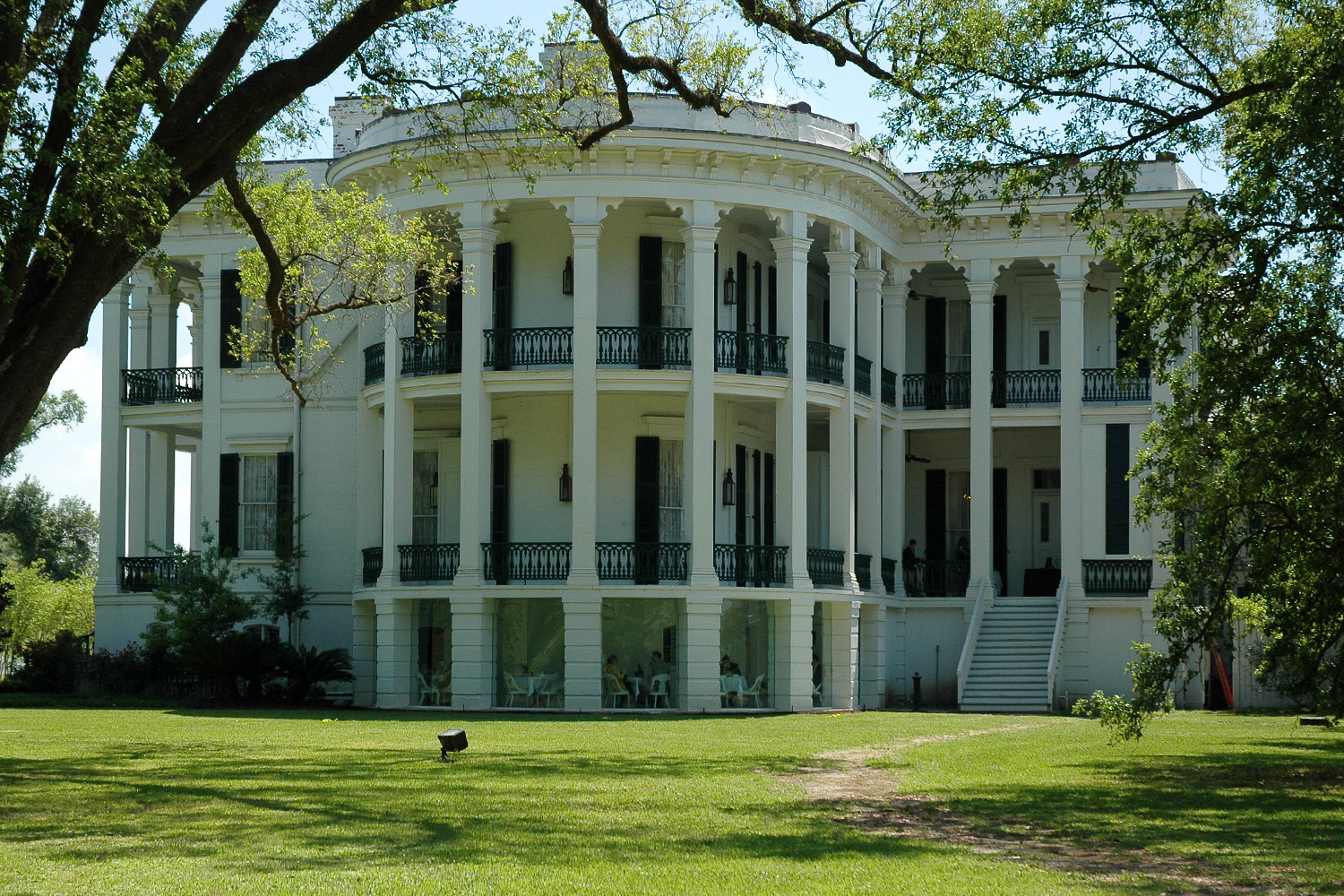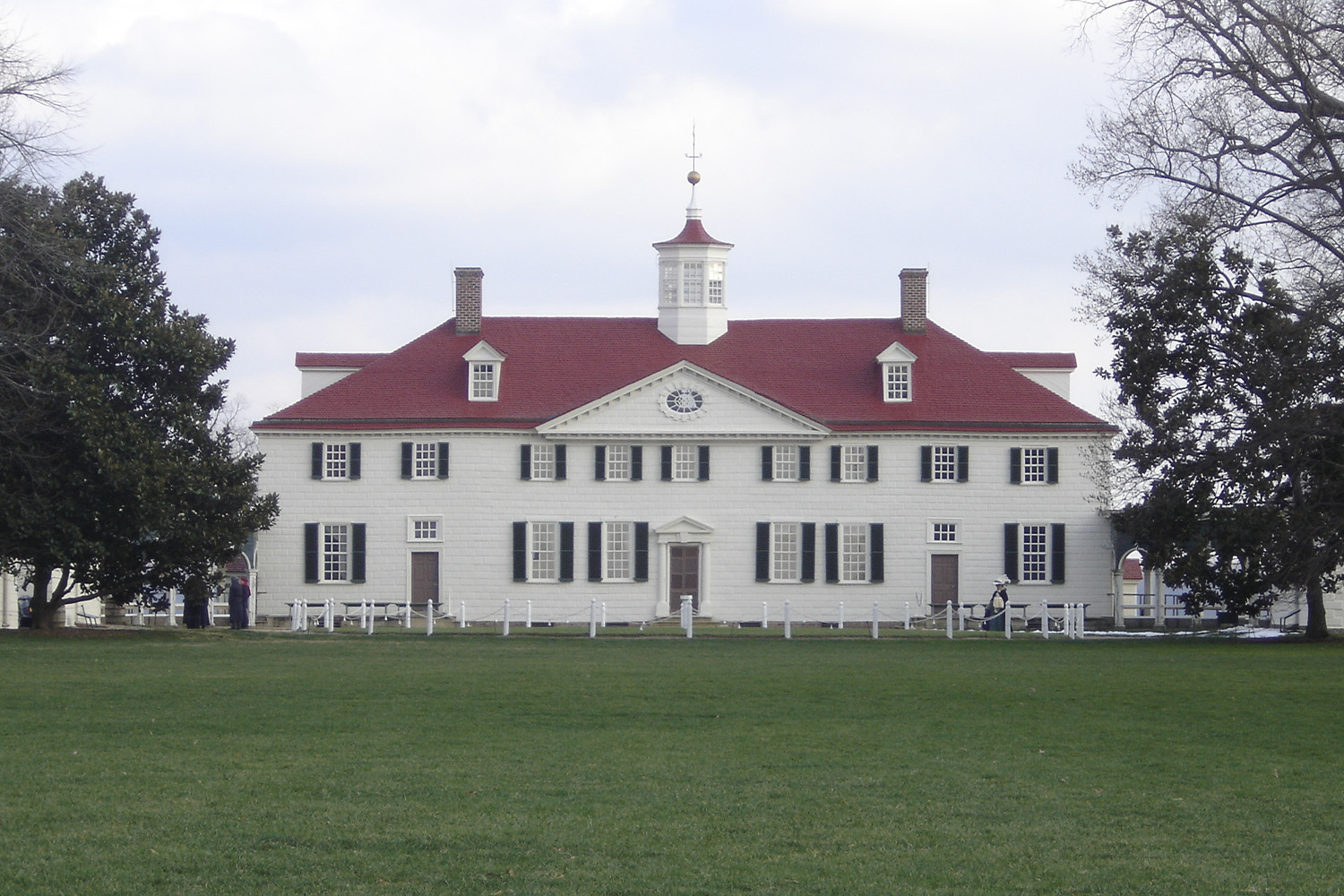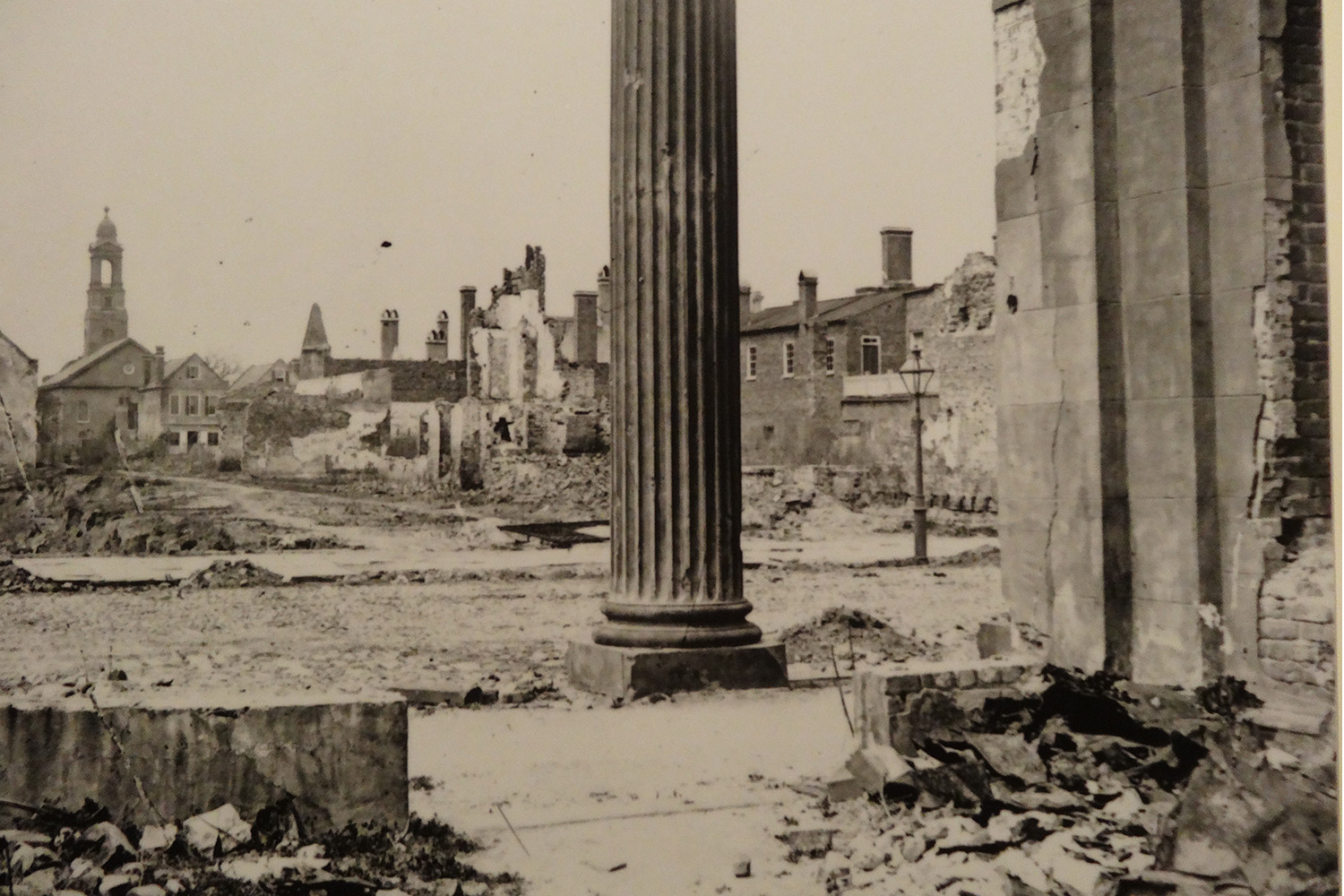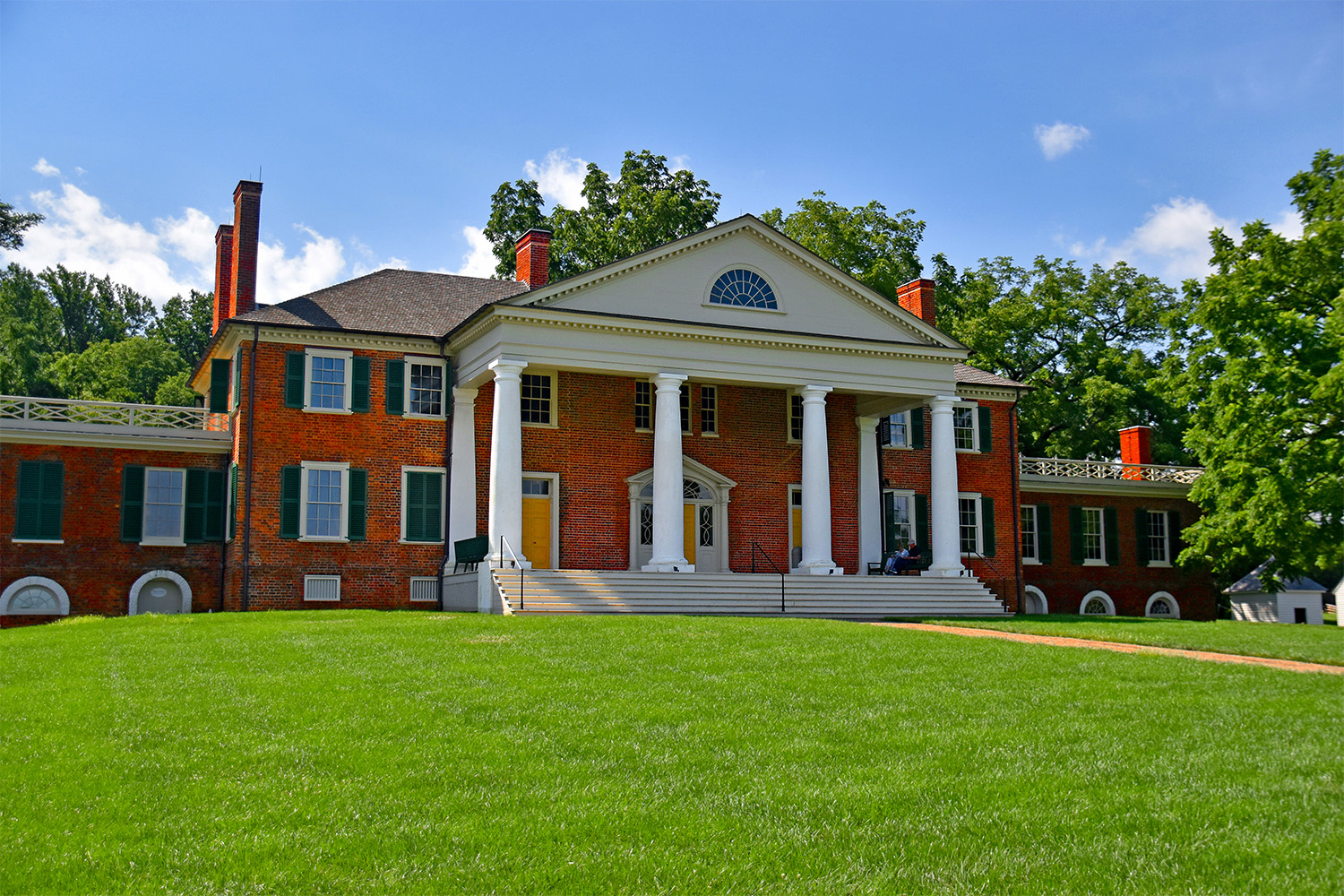The History of Preservation Architecture

Preservation – 2 Parts Architecture, 1 Part Pride
VJ Tocci, our internal expert on historic buildings, explains the history of the preservation movement, inspired by the latest Architectural Record Building Types Study on “Adaptive Reuse” projects.
What brought about the Preservation Movement?
- In its most pristine and pure form, we can thank the Ladies of Mount Vernon for preservation. In 1853, this venerable group of women believed in saving America’s favorite son’s home (George Washington). This concept has been imitated for hundreds of structures across the United States. Most notably, this influenced the reconstruction, restoration and preservation efforts of Colonial Williamsburg in Williamsburg, VA.
- In 1932, Reverend W.A.R. Goodwin, utilizing capital provided by John D. Rockefeller, Jr., rebuilt a replica of the entire town of Colonial Williamsburg. These “pure preservation” efforts are important, but they affected only “Museum Level” architecture. The Preservation Movement picked up real momentum when key American Southern cities recognized that what was holding them back could perhaps propel them forward.

Credit: Paull Young (Permissions)
1920 – Onwards
- In 1920, much of the American South was still suffering from the effects from the Civil War. Once proud cities had lost their sense of purpose, and dilapidated townhomes served as a metaphor for their previous glory and current depression. The City of Charleston, SC recognized this and (once again) a group of women banded together as the Society for the Preservation of Old Dwellings. Armed with a recent Supreme Court decision which allowed communities the authority to create zoning, they moved forward to protect and then rebuild the structures. As is often the case in restoration, the solution to their problem was the problem itself.
- Because of its economic stagnation, Charleston – like much of the South – had essentially “frozen” in time. This included, most noticeably, their architectural fabric. As Northern cities, particularly New York City, continued their march towards progress, much of their historic architecture was demolished. However, Charleston still had its “small town” and “quaint antique” architecture. The city recognized the value of these buildings and rallied their cities economic restoration around building restoration.

Credit: Denisbin (Permissions)
Today
- Similar inspiration was catching on in other Southern cities – New Orleans, LA; Savannah, GA; Richmond, VA. The American South began to become appealing again – leading their charge from the economic depths was their abundance of Antebellum (pre-war) architecture. People wanted to remember and experience the architecture of the “Old South.” In turn, this rekindled pride in communities and spurred further restoration efforts throughout the South.

Credit: Ron Cogswell (Permissions)